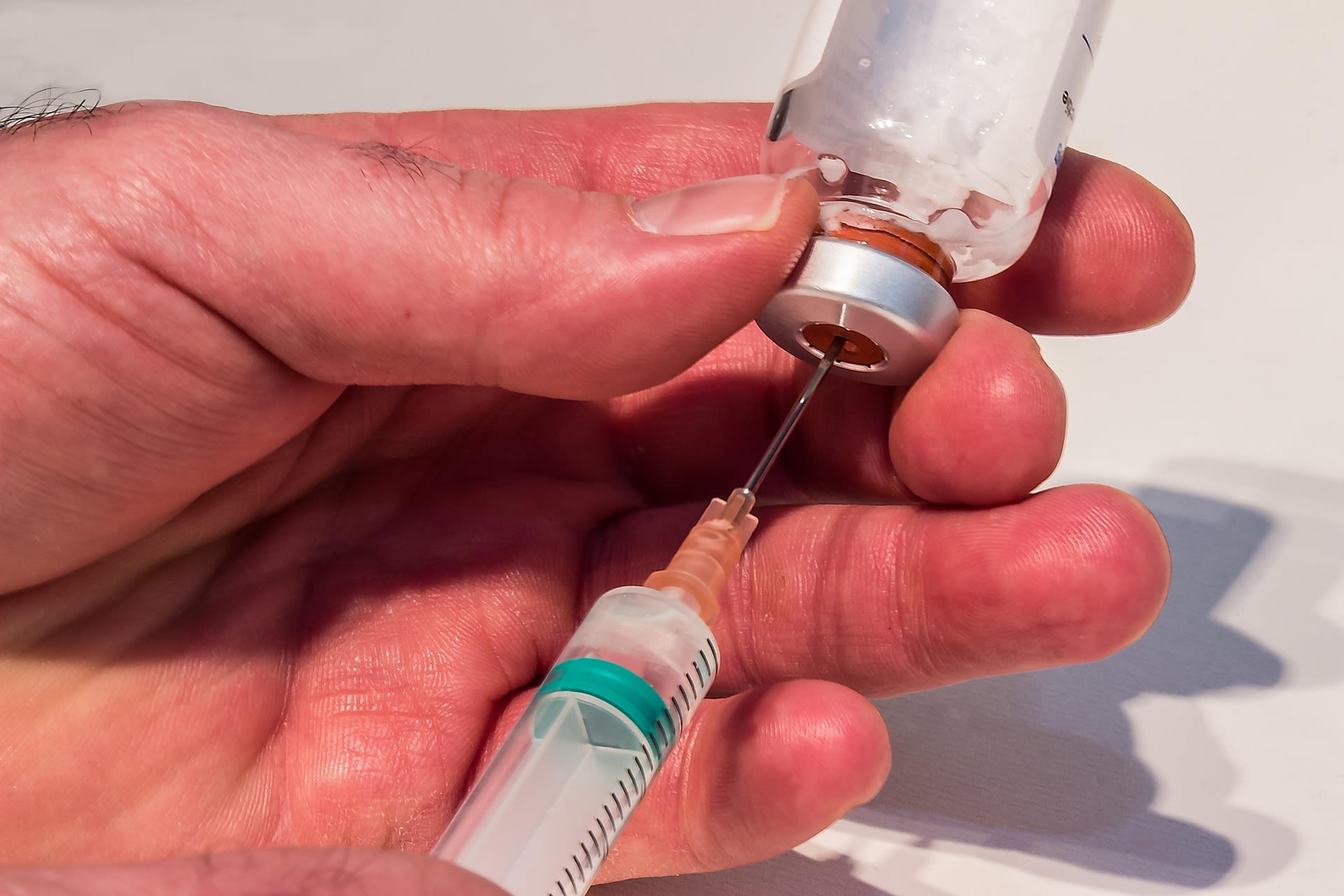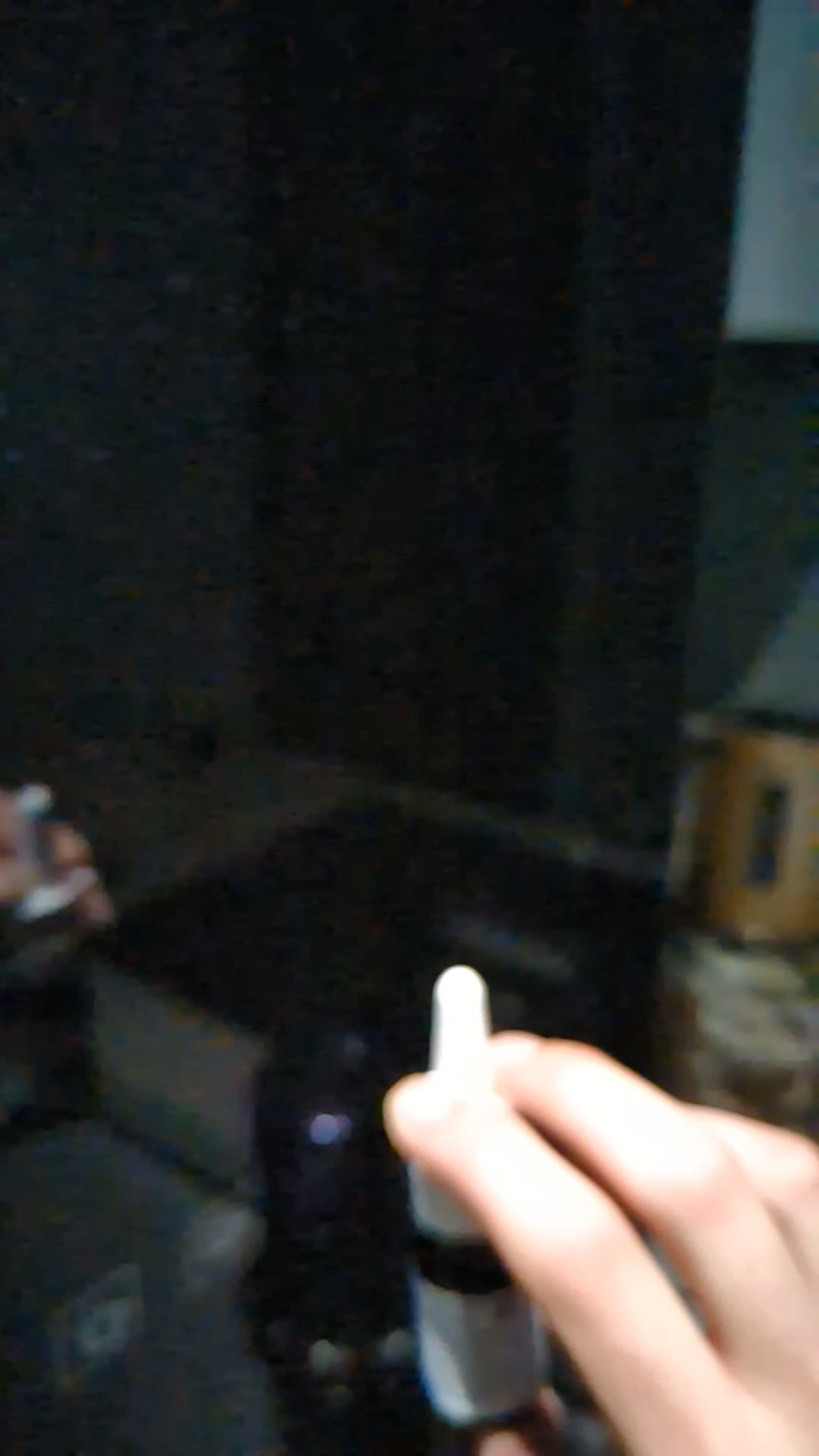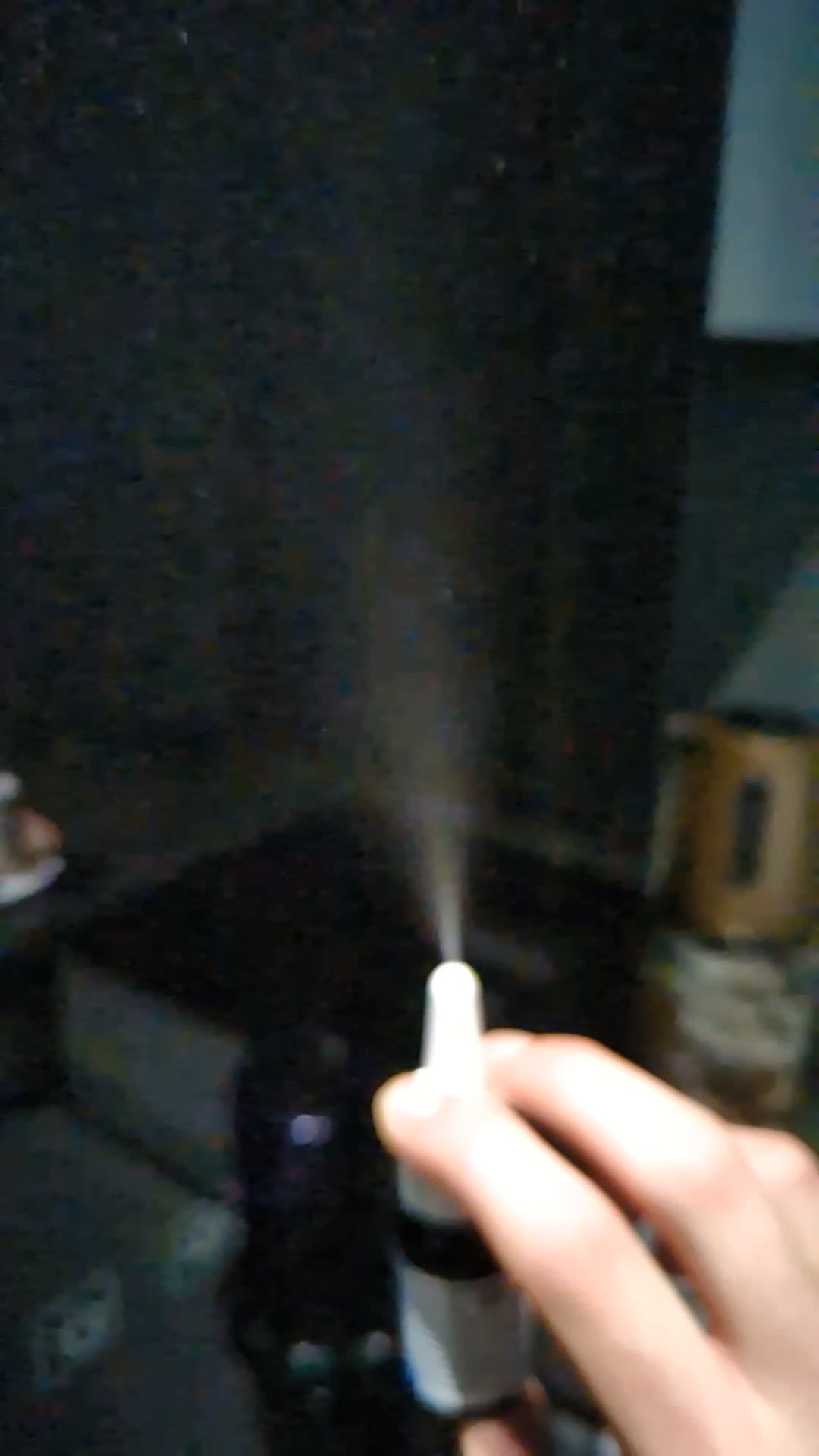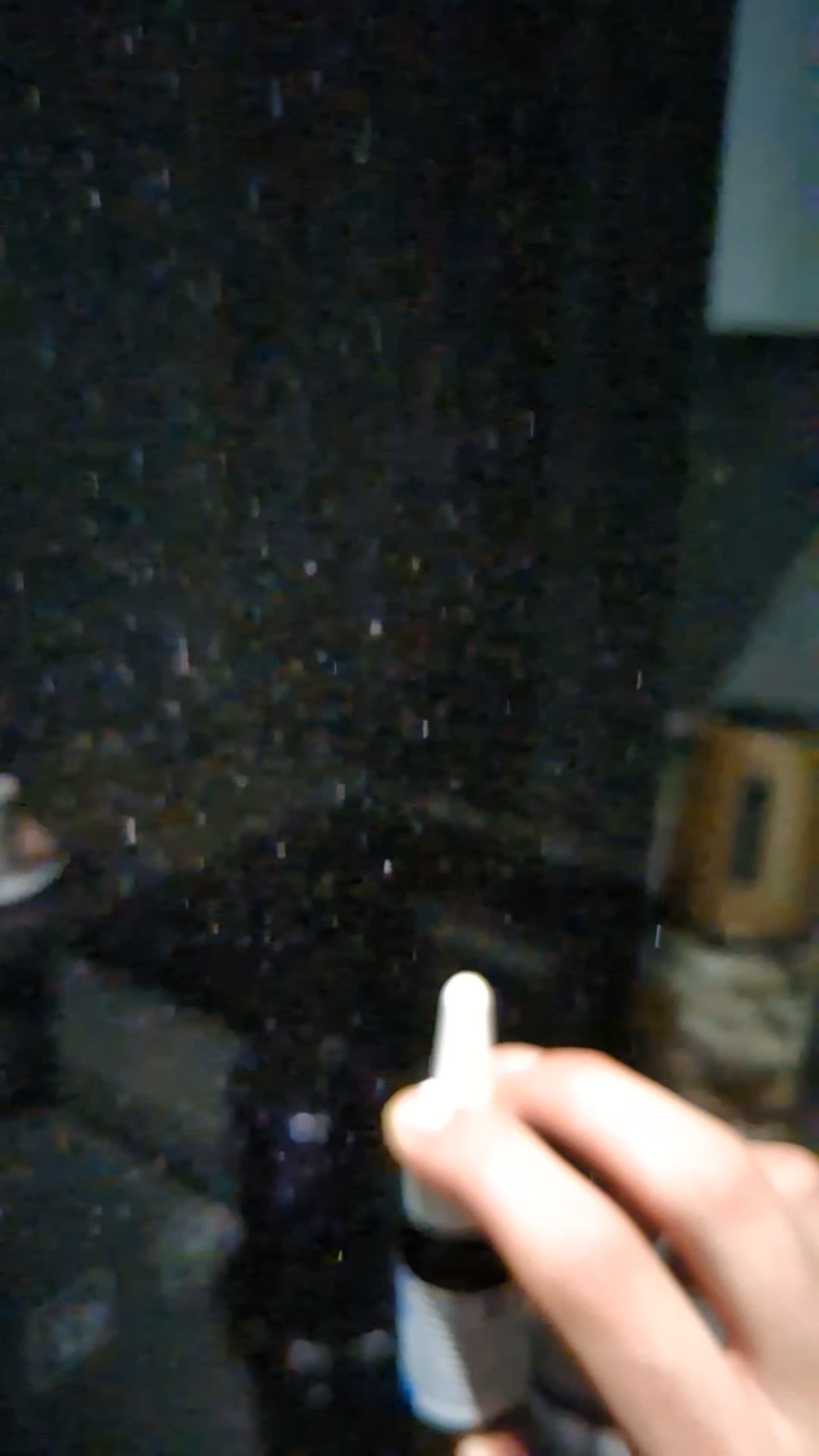The London political dilemma: should Met officers carry naloxone?
How the Greater London Authority (GLA) push for the Met carrying naloxone shatters traditional party lines - and gets stopped in its tracks by central government.
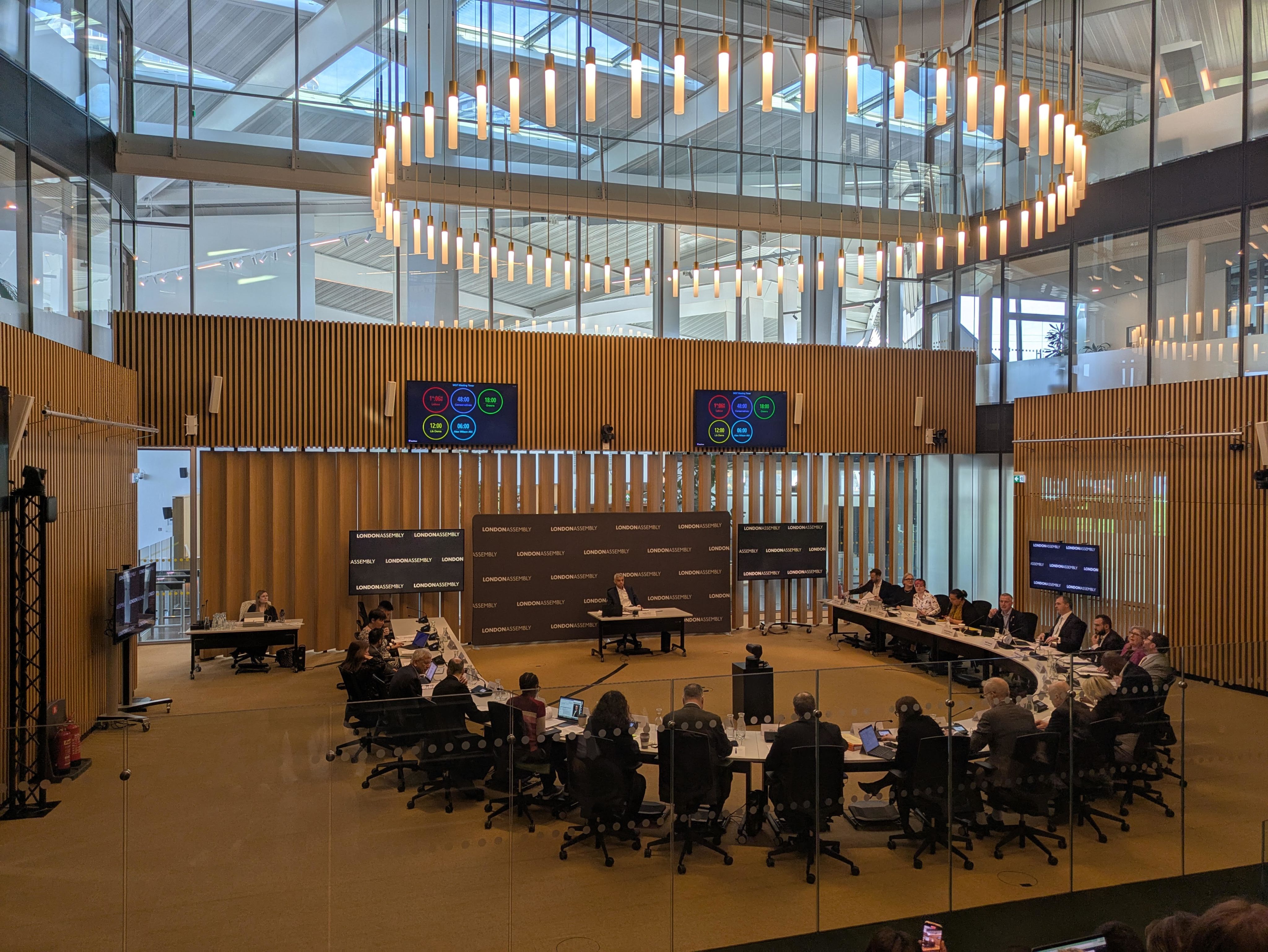
On March 6th, the Met reported that at least 30 people fell ill following the consumption of synthetic opioid-laced heroin, in less than a month.
Following, on the 20th, Zoe Garbett (Green Party Hackney Councillor) posed the question of whether there are any plans for Met front-line officers to carry naloxone at City Hall.
London Mayor, Sir Sadiq Khan's, reply was clear; it would not be possible due to costs.
Khan's own commission into reducing drug deaths in London headed by a multi-party committee reported seven key recommendations, published in 2022.
One reccomendation was that the Met should equip front-line officers with naloxone.
Since, while the Met have piloted Naloxone equipmet in small cases with frontline officers, no such plans exist to equip frontline officers with naloxone - an opioid overdose reversal nasal spray.
Garbett said: "I think the war on drugs has absolutely failed and really poorly serves Londoners. You know, just at the beginning of this month there were 30 people who experienced an overdose in Camden, from synthetic opioids that were in the heroin supply."
There's been a GLA push that crosses party lines and regionally might signal a slight turn towards viewing illicit drug use as a public health problem rather than a policing issue, according to Andrew Boff.
Councillor Zoe Garbett's details and responsibilities.
"The thing is, these synthetic opioids are becoming a crisis in London. They are becoming a crisis. And in any crisis, you have to respond in the most appropriate way.
"Now you get Labour, Conservative, Green, Liberal Democrat politicians, even some members of reform are saying, look, we've got to have a different approach to this. We can't carry on the way we are."
It's more than regional politics, the Met police or stigma, according to Ian Hamilton, associate professor of addiction at York University.
There's a clear distinction in seeing illicit drug use as a policing or public health issue, and currently, with the Home Office (the central government department responsible for public safety and policing among others) responsible for issuing national guidance. They're recommending officers to carry naloxone, yet haven't been effective in rolling out any nation-wide plans, according to Hamilton.
There's a contradiction in Sadiq Khan's usual attitude to harm reduction, according to Hamilton, (such as his reccomendation of decriminilising cannabis in his recently published London Drugs Commission) however, he admits it could be more to do with central government budgets and delegation, for example.
Hamilton said: "whether it's to do with budgets, siloed budgets, economics... It certainly doesn't fit his usual approach to drug policy, which is quite forward thinking, all about public health, reducing risk, all those kind of important aspects. So I may be missing something, perhaps we're both missing something, but I don't quite understand what the rationale for that is."
"What's the price of a dead student?
"What's the cost?
"Because it's student ages that are susceptible. Nobody wants their children to take drugs."
The most effective route could be an inter-department approach, focusing on reducing spending throughout with several budget delegations across departments in mind, due to the interlinked nature of issues like illicit drug use that blend policing and public health, according to Hamilton.
"I think it needs a government or certainly an interdepartment- wide approach, rather than just seeing it as being the problem for the police or the home office. It needs to be joined up. Thinking between the Home Office, the Department of Health, and so on."
Hamilton admits it's a hard political sell, ultimately that argument for policing illicit drug use is usually the fact it's the users choice to well... use, and that taxpayers may have to pay for their treatment.
But he cites the overall saved costs of alleviated pressure on other first responders that could see money saved and pressure alleviated across services.
Prior to nasal administered nalaxone, needles were the main way of administration. Sourced from Pixabay.
Prior to nasal administered nalaxone, needles were the main way of administration. Sourced from Pixabay.
Nasal Naloxone
Prior to the introduction of nasal naloxone it could only be administered via needle, which Hamilton believes has made it more cost effective.
This is how Hamilton explains it:
"We wouldn't be pushing for it so hard if it wasn't for the fact that it was a proven therapy. And, you know, it's not going to be used in every single case, but in the cases where it's needed... It absolutely can save lives.
"It can bring them back from a trajectory that leads to their death back to being manageable."
